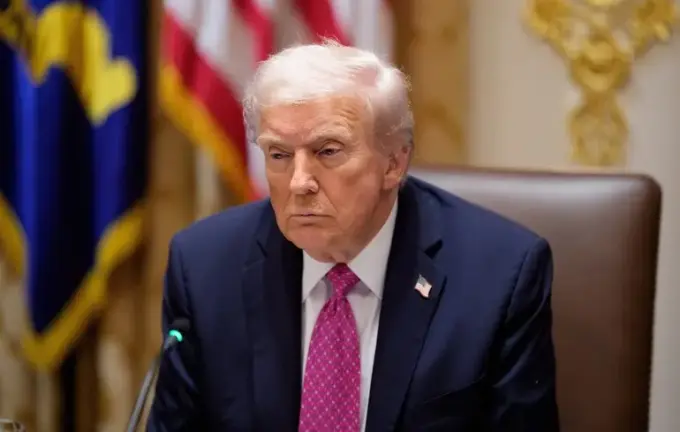Trump Signs Major Trade Agreements with Asian Countries: What This Means for the Global Economy

At the recent ASEAN Summit held in Kuala Lumpur, under the leadership of President Donald Trump, the United States implemented an ambitious plan to strengthen economic ties with the Southeast Asian region.
The initiative involves signing several trade agreements with countries such as Thailand, Malaysia, Vietnam, and Cambodia, aiming not only to reduce trade imbalances but also to decrease dependence on China amid new export restrictions on rare earth minerals.
According to sources, Washington maintains current tariffs of 19% on most commodities from these three nations, but certain categories enjoy zero tariffs.
Notably, an agreement with Vietnam has been reached to lower tariffs to 20%, with Hanoi promising to significantly increase purchases of American goods to narrow the $123 billion trade surplus last year.
Malaysia has committed to not imposing bans or quotas on critical minerals and rare earth exports to the U.S., which is vital for the global processing industry.
The country, possessing approximately 16.1 million tons of rare earth deposits, previously restricted raw material exports to preserve resources and support domestic processing industries.
The presidents of these Southeast Asian countries have pledged to remove trade barriers, facilitate preferential access for American products, and collaborate on digital trade, services, investments, labor rights, and environmental protection.
Additionally, Thailand, Malaysia, and Vietnam agreed to recognize vehicles built to U.S.
standards.
Malaysia also simplified requirements for American cosmetics and pharmaceuticals, exempting them from certain tariffs, including aerospace equipment, medical products, palm oil, cocoa, and rubber.
Thailand vowed to eliminate tariffs on nearly 99% of goods, relax foreign investment restrictions in telecommunications, and purchase agricultural products worth about $2.6 billion annually, such as corn and soymeal.
The country also plans to buy 80 aircraft for over $18.8 billion and energy resources, including liquefied gas and crude oil, totaling approximately $5.4 billion yearly.
These measures are expected to enhance regional economic cooperation and development.
Amid these developments, U.S.
President Trump hinted that during his Asian tour, he will also address the ongoing conflict in Ukraine, seeking to influence regional geopolitics and strengthen diplomatic relations amidst complex international tensions.

